I sat down amongst the oak barrels in a damp and dark shed this morning to talk to local vintner Natalia López Mota. Natalia and her husband Branko Pjanic own Cava Garambullo, a small winery located on the road to Dolores Hidalgo, about five kilometres from the center of San Miguel de Allende. The couple have a deep and disciplined dedication to what can generally be called “responsible or low-intervention” winemaking.
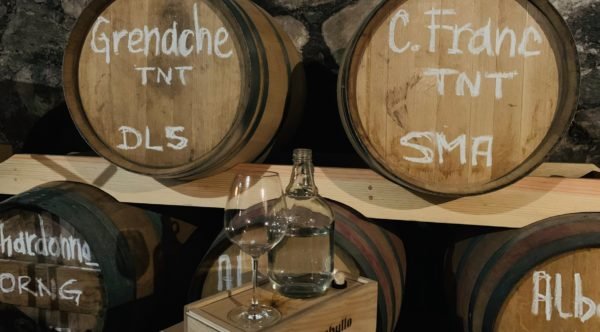
On February 21, Natalia López will be talking in detail about the essence, the advantages and the challenges of “low-intervention” winemaking at San Miguel’s Food in Film Festival. She shared a few of the highlights with me before we went on to talk about the suitability of San Miguel de Allende and the surrounding areas for producing wine and whether, some day, it might rival Mexico’s most successful wine region, Valle de Guadalupe and perhaps even the great wine regions of Europe.
It was wine that brought Bosnia’s Branko and Mexico’s Natalia together when they were both studying in France and Italy.
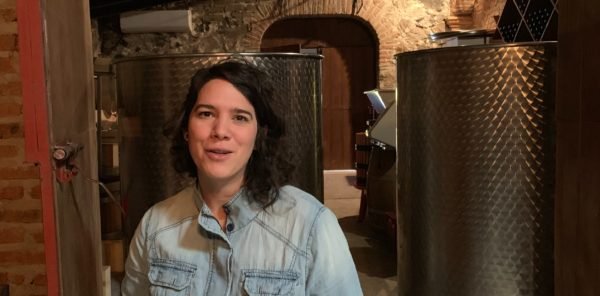
“A lot of what we learned in France and Italy, with a touch of Branko’s Central European culture, is what we are trying to adapt here in our own context”, Natalia told me. “Organic viticulture and natural winemaking has been practiced there forever.”
“Romanée-Conti make the most expensive wines in the world and are fully committed to the organic movement”, said Natalia. “You will never see a tractor in their fields. They use only horses.”
“Organic grape growing goes hand in hand with low yields and good viticulture practices, facts that generally, give you better wines…but of course you must have a good know-how of the winemaking process.”
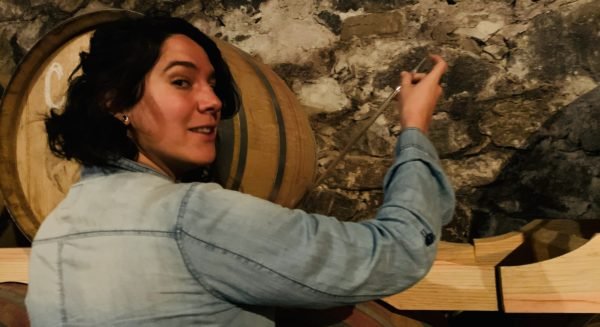
If you attend Natalia Lopez’s presentation at the festival, you will hear a few different words in reference to the “low-intervention” production processes used by Cava Garambullo, words like natural, organic and biodynamic.
“The closer you work to the land, the more you want to create a healthy product, I guess”, said Natalia. “Since the beginning, the wines that tasted best to me all came from organic wineries and low-intervention practices in the cellar.”
In brief terms, organic wine refers mostly to the agricultural practices and the exclusion of certain fertilizers, systemic pesticides and herbicides.
“To have an organic vineyard”, said Natalia, “you must have a healthy ecosystem so it’s not only avoiding those aspects, it’s about understanding that you must have an equilibrium.”
The second term that Natalia López will often use in her presentation is natural wine which is more about using indigenous yeasts for the fermentation process, as well as non-additives into the wine, and little to no sulfites as a preservative.
“I couldn’t think of making wines without natural fermentation, natural yeasts”, Natalia continued. “They are an enormous influence on the aromas that will be produced.”
The third term you will hear a lot from the winemaker is biodynamic wine which takes organic farming one step further and I will save for Natalia’s presentation at the festival. I’ll turn instead to the discussion we had about the suitability of San Miguel for winemaking and the longterm future of the industry here.
“You can never forget that this is a desert but there are a lot of positives to that”, said Natalia.

“The altitude we are at gives us thick skins. The aromas are in the skins. The tannins are in the skins. For red wines, producers will die for ripe beautiful thick skins”, she continued, as we skimmed through Francois Chartier’s ‘Taste Buds and Molecules’.”
“The variance in temperature between the night and day results in a beautiful acidity in the wine but, of course, you have to know how to work with that acidity.”
“We produce fresh acidity, medium alcohol wines and a lot of people love them. Not everybody searches for the heavy, hot, 14% alcohol wines.”
And what about rain?, I asked. How does most of our rain falling during a very short period positively or negatively affect Cava Garambullo’s wine.
“We average 450 millimetres of rain annually, which is normal for a wine region, unfortunately it falls almost all during the last months of the ripening season. But we are very lucky that we are so high and in the desert. It might rain in the night but by the middle of the day, the plants will all be dry again so we don’t have as many problems with fungus. In North Italy, for an organic vineyard, you may have to spray copper and sulphur as many as eleven times during the year; we only have to do it about five in the vineyards that we manage.”
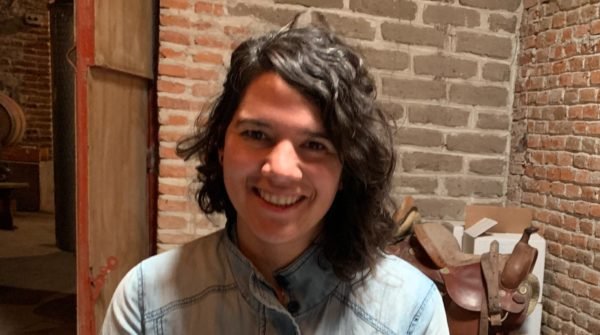
“But the rain influence especially in the amount of sun that we receive. We have much fewer sun hours during the growing season than in Ensenada and that will affect the taste in the wine. Is it better or worse? It is neither. It is different.”
“In the past, winemakers have tried to create wines that mimic the style of other hot-regions of the world, places like Rioja. In my opinion you will never get it to happen.”
“This is a cool-climate region. We have a limited number of sun hours during the time when the grapes are going through their final ripening process, as so many other regions, so understanding its unique potential is for me the way to go to create beautiful fruity and well-structured wines.”

By now, I was twirling a glass of Cava Garambullo’s Azumbre, made from Syrah which, along with Cabernet Franc and Albariño, is one of the three grape varieties that Natalia López thinks may be the most suitable for the region around San Miguel. I asked her what were the greatest challenges in the area.
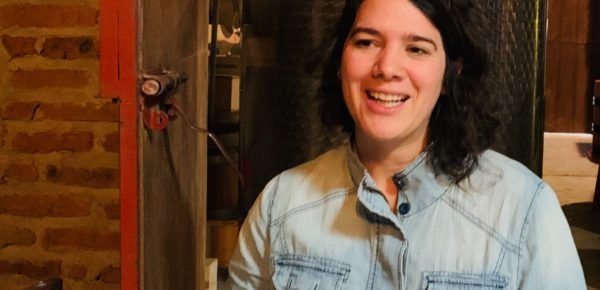
“We have high pH soils and that creates high pH grapes. High pH grapes create big challenges in the cellar”, Natalia told me. “That and predators are our big problems.”
“Ants like the desert…ants like grape leaves.”
“The other troublesome predators are the birds and the bees. A lot of producers, have already started putting nets over the vines.”
I thought bees were always the good guys, I inquired, taking another sip of my glass of Syrah.
“Bees are hardly ever a problem anywhere else in the world”, Natalia informed me, “but, when our grapes are ripening waiting for the harvest, the flowers are finished on most of the other plants. The bees are starving.”
So, I asked, with all of these challenges, will San Miguel someday be the next Ensenada, even the next Napa, Tuscany or Bordeaux?
“I hope so and I work for that, but it will take a long time before we’ll really know. It may take fifty years before we’ll know whether my gamble to concentrate on certain grape varieties paid off.”
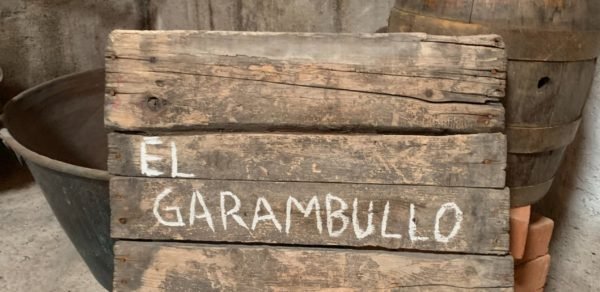
“At Cava Garambullo, we are very humble with what we are trying to do. Our aim is to make something that we are very proud of, something that we want to share, with what we have and with a lot of gratitude for all the local grape growers that support our project and ideas in order for it to happen.”
Personally, I’m a believer in eating organic and eating local. And though I don’t go to great lengths to seek it out, I do want to eat more organic food. My chat with Natalia López has now made me want to try a little harder to drink organic and drink local. After you hear her presentation at the festival, you may want to as well.
Natalia López Mota of Cava Garambullo will be speaking about “Naked Wines” at the San Miguel Food In Film Festival. Her presentation will be at the Centro Cultural El Nigromante in Belles Artes at 3:00 pm on Friday, February 21. The cost is 50 pesos. For more information and tickets go to https://www.foodinfilmsanmiguel.com.
Cava Garambullo is also the co-sponsor of the film, “Modified”, to be shown at the Centro Cultural El Nigromante at Noon on February 23. You’ll be treated to a taste of their Malbec, Cabernet Franc and Syrah blend zero-sulfites wine Pizpireto following the film.

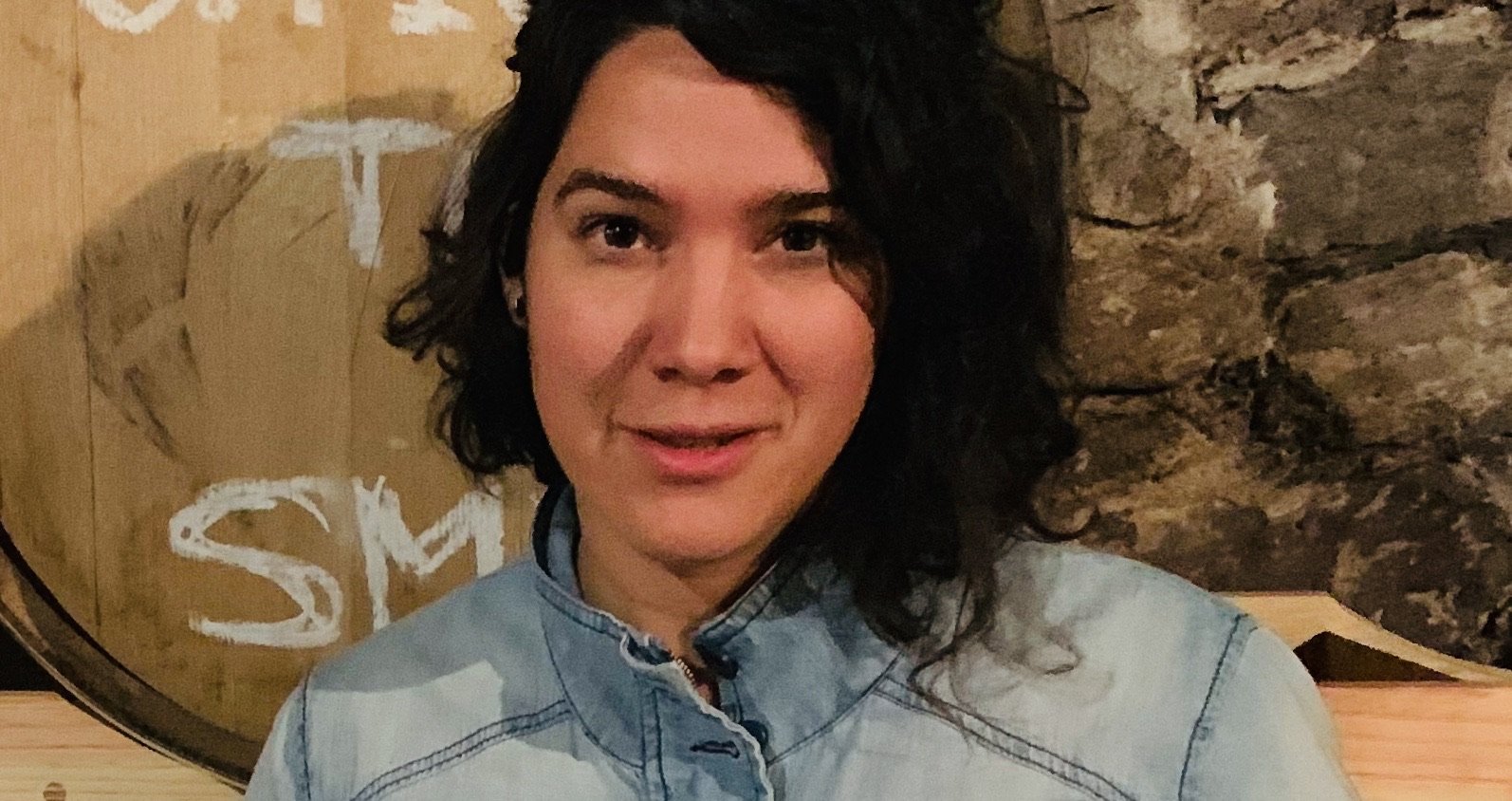
Can you purchase her wines in San Miguel?
Only in restaurants and at the winery, I believe.
Thanks Glenn!!! Just booked a ticket…look forward to hearing her talk and tasting their wines.
I love their wine, spectacular
Muy interesante la propuesta de esta gran emprendedora Natalia Lopez Mota.